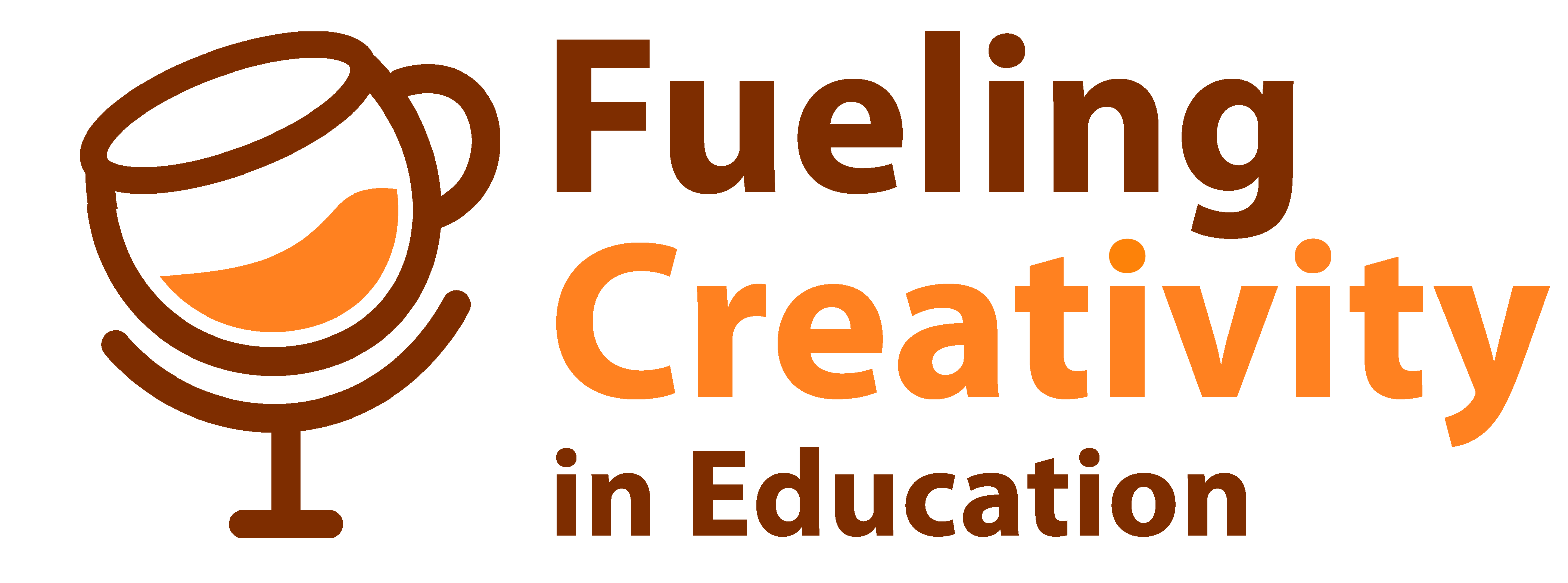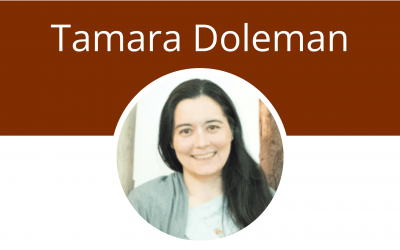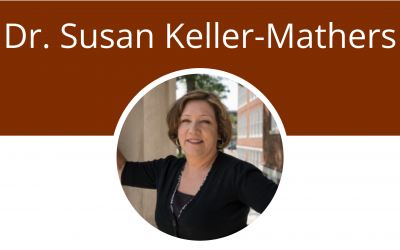Bridging the Gap: 3 Big Lessons Learned from Season 1
Episode Transcription
Bridging the Gap: 3 Big Lessons Learned from Season 1
Episode Debrief
Collection Episodes
Integrating Creativity in Arts Education
In this episode of Fueling Creativity, Dr. Cyndi Burnett and Dr. Matthew Worwood speak with Tamara Doleman, head of the Visual Art department at Ashbury College in Canada. Tamara has a Master’s degree in creativity and has coached individuals, run workshops, written articles, and presented a TEDX talk on the topic of creativity in schools. She’s passionate about exploring the intersection between art, creativity, wellbeing, and the growth and healing potential it can provide our communities and schools.
SEASON 1: Introducing The Fueling Creativity Podcast
Welcome to the Fueling Creativity Podcast! In this debut episode, hosts Dr. Cyndi Burnett and Dr. Matthew Worwood share their mission and goals for the podcast. They shed light on their professional backgrounds and why they value the integration of creativity in education and at home, especially during the pandemic.
Teaching Creativity in the Classroom: Evidence Based Practices
In this episode of the Fueling Creativity podcast, Dr. Cyndi Burnett and Dr. Matthew Worwood speak with Dr. Susan Keller-Mathers, an Associate Professor at the Center for Applied Imagination at SUNY Buffalo State.
Podcast Sponsor

We are thrilled to partner with Curiosity 2 Create as our sponsor, a company that shares our commitment to fostering creativity in education. Curiosity 2 Create empowers educators through professional development and community support, helping them integrate interactive, creative thinking approaches into their classrooms. By moving beyond traditional lecture-based methods, they help teachers create dynamic learning environments that enhance student engagement, improve academic performance, and support teacher retention. With a focus on collaborative learning and exploration, Curiosity 2 Create is transforming classrooms into spaces where students thrive through continuous engagement and growth.








